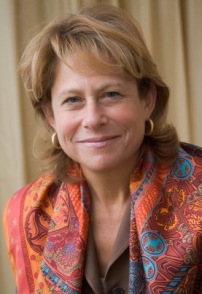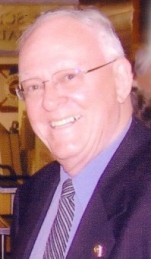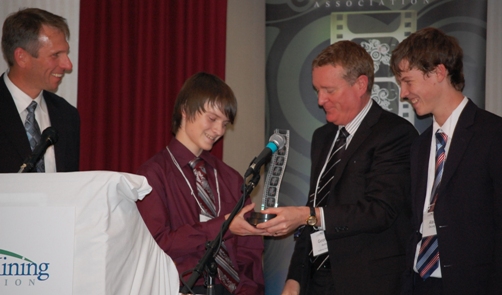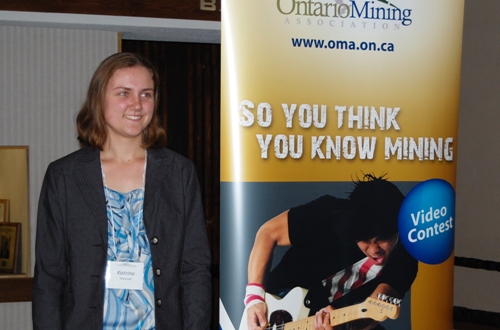The Empire Club of Canada, established in 1903, in Toronto is recognized as one of Canada’s oldest and largest speakers’ forums with a membership comprised of some of Canada’s most influential leaders from the professions, business, labour, education and government. Over its history it has been addressed by more than 3500 prominent Canadian and international leaders – men and women who have distinguished themselves in many fields of endeavour.
The Empire Club’s luncheon meetings attract audiences of 200 to 1,000 and usually take place on Thursdays at the Fairmont Royal York Hotel from September through June. Consult their events page for a detailed listing of this year’s events and links to their reservation forms. The addresses are broadcast on Rogers Television and many attract newspaper reports and editorial comment.
Peter Munk – June 2, 2005
Thank you Bart. For a moment I thought you were the speaker. It was quite an introduction. I was about to step up here and thank you.
I think it is appropriate for me to warn you that I’m a lengthy speaker. I have difficulty containing my comments. As a matter of fact, I just told Michael that before the wedding of my last daughter she asked me to keep my comments down to six or eight minutes. Being very nice she said: “Daddy, after all it is not your affair. It is not about you.” I said: “Gee, I thought it was because I am paying the bill.”
But that did not convince her so I said: “Darling, you know I have really got a problem with keeping my speeches short. I will not be hurt. I have three daughters. You are the last one to get married. I really will not be hurt if this time you skip me. You have a brother. You have got friends.”
“No, no, no Daddy, you must speak.” So I got onto the podium and I really tried to contain myself and I do want to tell you that 48 minutes later I was given a standing applause. So remember just because it’s long it is not lousy.
But on this occasion I was fortunate enough to be asked by both Michael from the Canadian Club and Bart from the Empire Club. I asked them how long they would like me to speak and they said 20 minutes. I thought 20 minutes each; that’s 40 minutes. I think I’ll be alright. I think Michael then said: “Well that’s alright with us too, but if you don’t mind all of us will be leaving at 2 o’clock. So I said: “I don’t mind either.” There will be no hard feelings if anyone of you decides to leave.
To get on to a more serious vein, I don’t quite know exactly how the title of this presentation was verbalized. I did want to speak about globalization. I think it is the topic of the day. I did want to make sure that my presentation to you is globalization from a highly personalized view. Globalization is a theory that is now throughout the world. It is possibly one of the most debated, most discussed and most thought–about subjects currently in existence.
Read more



























